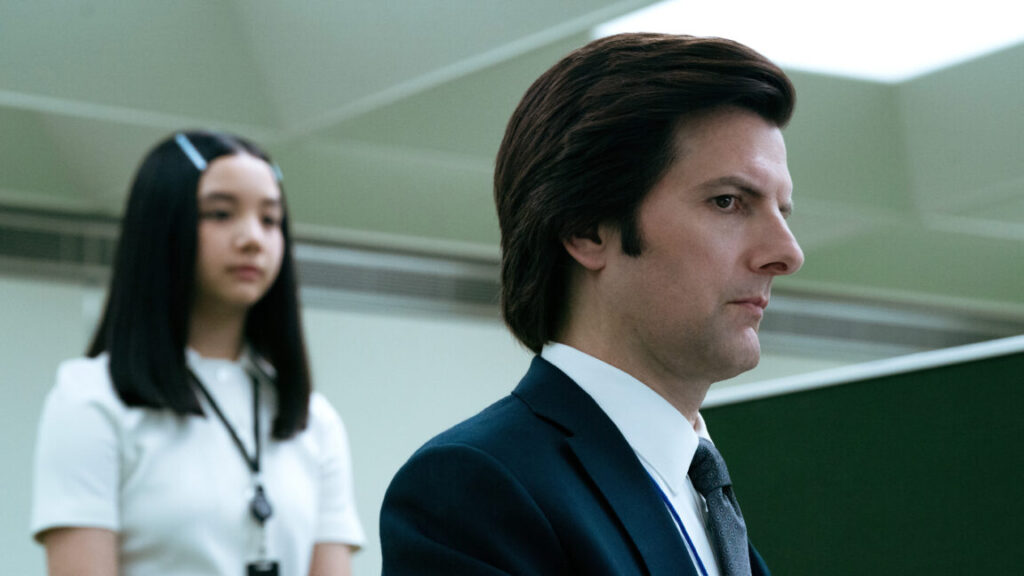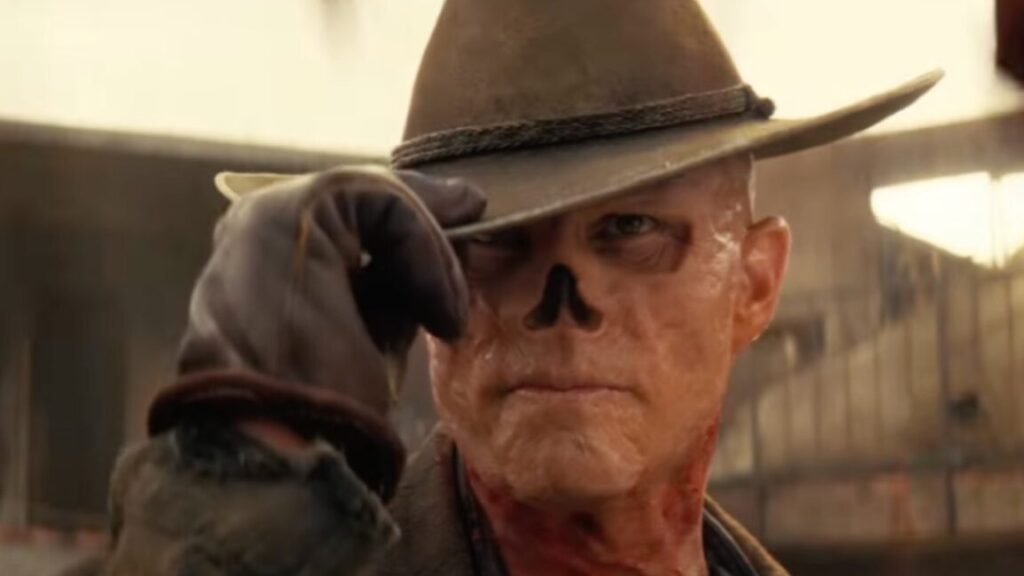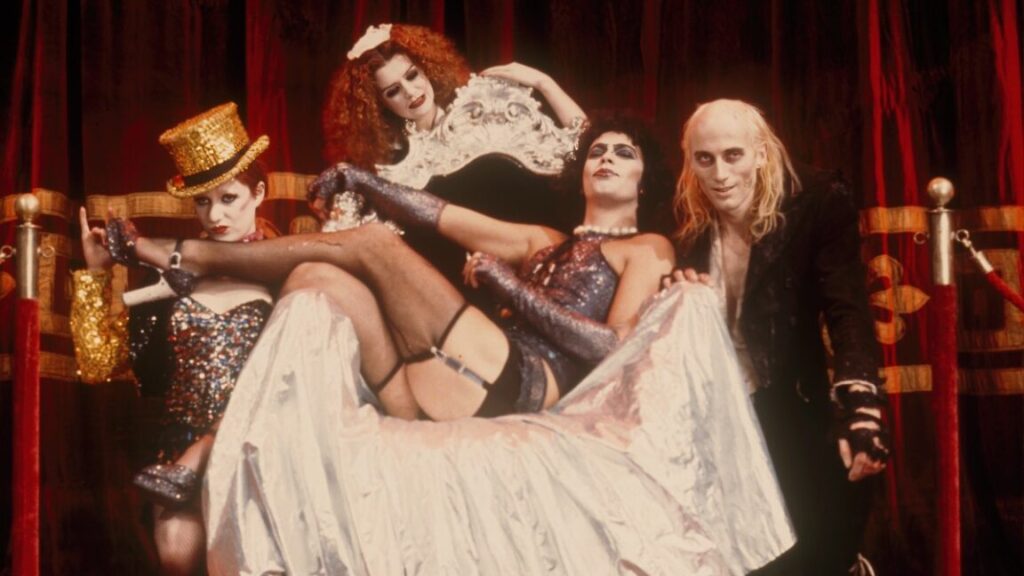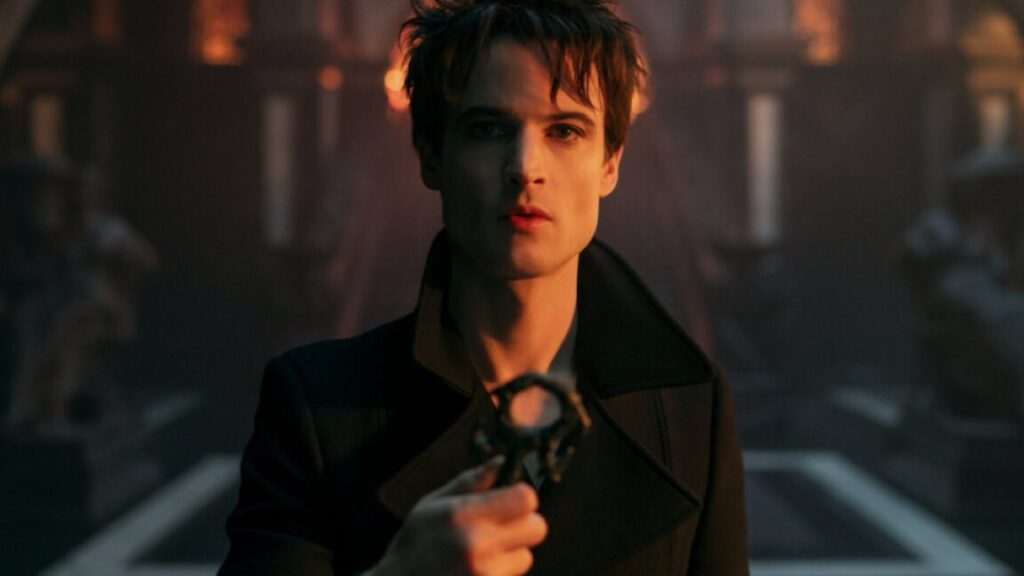Get into the cockpit as new crop of “Top Gun” pilots get their wings
NatGeo’s new documentary series, Top Guns: The Next Generation, shows the sweat behind the spectacle.
Credit: National Geographic
The blockbuster success of the 1986 film Top Gun—chronicling the paths of young naval aviators as they go through the grueling US Navy’s Fighter Weapons School (aka the titular Top Gun)—spawned more than just a successful multimedia franchise. It has also been credited with inspiring future generations of fighter pilots. National Geographic takes viewers behind the scenes to see the process play out for real, with its new documentary series, Top Guns: The Next Generation.
Each episode focuses on a specific aspect of the training, following a handful of students from the Navy and Marines through the highs and lows of their training. That includes practicing dive bombs at break-neck speeds; successfully landing on an aircraft carrier by “catching the wire”; learning the most effective offensive and defensive maneuvers in dogfighting; and, finally, engaging in a freestyle dogfight against a seasoned instructor to complete the program and (hopefully) earn their golden wings. NatGeo was granted unprecedented access, even using in-cockpit cameras to capture the pulse-pounding action of being in the air, as well as capturing behind-the-scenes candid moments.
How does reality stack up against its famous Hollywood depiction? “I think there is a lot of similarity,” Capt. Juston “Poker” Kuch, who oversees all training and operations at NAS Meridian, told Ars. “The execution portion of the mission gets focused in the movie so it is all about the flight and the dogfighting and dropping the bombs. What they don’t see is the countless hours of preparation that go into the mission, all the years and years of training that it took to get there. You see the battle scenes in Top Gun and you’re inspired, but there’s a lot of time and effort that goes in to get an individual to that point. It doesn’t make for good movies, I guess.”
Kuch went through the program himself, arriving one week before the terrorist attacks on September 11, 2001. He describes the program as being deliberately designed to overwhelm students with information and push them to their limits. “We give them more information, more data than they can possibly process,” said Kuch. “And we give it to them in a volume and speed that they are not going to be capable of handling. But it’s incumbent on them to develop that processing ability to figure out what is the important piece of information [or] data. What do I need to do to keep my aircraft flying, keep my nose pointed in the right direction?”
Ars caught up with Kuch to learn more.
Essential skills
A crew member holds an inert dummy bomb for the camera. National Geographic/Dan Di Martino
Ars Technica: How has the Top Gun training program changed since you went through it?
Juston Koch: It’s still the same hangar that I was in 25 years ago, and the platforms are a little bit different. One of the bigger changes is we do more in the simulator now. The simulators that I went through are now what the students use to train on their own without any instructors, because we now have much newer, nicer, and more capable simulators.
The thing that simulators let us do is they let us pause. When you’re on flight, there’s no pause button, and so you’ve got to do the entire event. A lot of times when there’s learning moments, we’ll try to provide a little bit of debrief in real-time. But the aircraft is still going 400 miles an hour, and you’re on to the next portion of the mission, so it’s tough to really kind of drill down into some of the debrief points. That doesn’t happen in the simulator. You pause it, you can spend five minutes to talk about what just happened, and then set them back up to go ahead and see it again. So you get a lot more sets and reps working through the simulator. So that’s probably one of the bigger differences from when I went through, is just the quality and capability of the simulators.
Ars Technica: Let’s talk about those G forces, particularly the impact on the human body and what pilots can do to offset those effects.
Juston Koch: The G-force that they experienced in their first phase of training is about 2 to 3 Gs, maybe 4 Gs. On the next platform we’ll go up to 6.5 to 7 Gs. Then they’ll continue on to their next platform which gets up to 7.5 Gs. It’s a gradual increase of G-force over time, and they’re training the body to respond. There’s a natural response that your body provides. As blood is draining from your head down to your lower extremities, your body is going to help push it back up. But we have a G-suit, which is an inflatable bladder that is wrapped around our legs and our stomach, and it basically constricts us, our legs, and tries to prevent the blood from going down to the lower extremities. But you have to help that G-suit along by straining your muscles. It’s called the anti-G straining maneuver.
That is part of developing that habit pattern. We do a lot of training with a physiologist [who] spends a lot of time in the ground school portion of training to talk to them about the effects of G-force, how they can physically prepare through physical fitness activities, hitting the gym as they are going through the syllabus. Diet and sleep kind of go along with those to help make sure that they’re at peak performance. We use the phrase, “You got to be an athlete.” Much like an athlete gets a good night’s sleep, has good nutrition to go along with their physical fitness, that’s what we stress to get them at peak performance for pulling Gs.
Learning to dogfight
Capt. Juston “Poker” Kuch during a debriefing. National Geographic
Ars Technica: Those G forces can stress the aircraft, too; I noted a great deal of focus on ensuring students stay within the required threshold.
Juston Kuch: Yes, the engineers have figured out the acceptable level of threshold for Gs. Over time, if the aircraft stays under it, the airframe is going to hold up just fine. But if it’s above it to a certain degree, we have to do inspections. Depending on how much of an overstress [there is], an invasive level of inspection might be required. The last thing we want to do is put an aircraft in the air that has suffered fatigue of a part because of overstress, because that part is now more prone to failing.
Ars Technica: There is a memorable moment where a student admits to being a little scared on his first bombing dive, despite extensive simulator training. How do you help students make the switch from simulations to reality?
Juston Kuch: That’s why we do a mixture of both. The simulator is to help them develop that scan pattern of where to look, what are the important pieces of information at the right time. As they get into the aircraft the first time and they roll in, it’s a natural tendency to look outside at the world getting very big at you or the mountains off in the distance. But you need to take a breath and come back into that scan pattern that you developed in the simulator on what to look for where. It’s very similar as we go to the aircraft carrier. If you go to the aircraft carrier and you’re looking at the boat, or looking at the rest of the ship, you’re probably not doing well. You need to focus on the lens out there in the lineup.
It’s constant corrections that you’re doing. It is very much an eye scan. You have to be looking at certain things. Where is your lead indicator coming from? If you wait for the airspeed to fall off, it’s probably a little bit too late to tell you that you’re underpowered. You need to look for some of the other cues that you have available to you. That’s why there’s so many different sensors and systems and numbers. We’re teaching them not to look at one number, but to look at a handful of numbers and extrapolate what that means for their energy state and their aircraft position.
Ars Technica: All the featured candidates were quite different in many ways, which is a good thing. As one instructor says in the series, they can’t all be “Mavericks.” But are there particular qualities that you find in most successful candidates?
Juston Kuch: The individual personality, whether they’re extroverts, introverts, quiet, are varied. But there is a common thread through all of them: dedication to mission, hard work, willing to take failure and setbacks on board, and get better for the next evolution. That trait is with everybody that I see go through successfully. I never see somebody fail and just say, “Oh, I’m never going to get this. I’m going to quit and go home.” If they do that, they don’t finish the program. So the personalities are different but the core motivations and attributes are there for all naval aviators.
Getting their wings
Ars Technica: I was particularly struck by the importance of resilience in the successful candidates.
Juston Kuch: That is probably one of the key ingredients to our training syllabus. We want the students to be stressed. We want to place demands on them. We want them to fail at certain times. We expect that they are going to fail at certain times. We do this in an incredibly safe environment. There are multiple protocols in place so that nobody is going to get hurt in that training evolution. But we want them to experience that, because it’s about learning and growing. If you fall down eight times, you get back up eight times.
It’s not that you are going to get it right the first time. It’s that you are going to continue to work to get to the right answer or get to the right level of performance. So resiliency is key, and that’s what combat is about, too, to a certain degree. The enemy is going to do something that you’re not expecting. There is the potential that there will be damage or other challenges that the enemy is going to impact on you. What do you do from there? How do you pick yourself up and your team up and continue to move on?
Ars Technica: What do you see for the future of the program as technology continues to develop?
Juston Kuch: I think just continuing to develop our simulator devices, our mixed-reality devices, which are getting better and better. And also the ability to apply that to a debrief. We do a great job in the preparation and the execution for the flights. Right now we evaluate students with an instructor in the back taking notes in real time, then bringing those notes for the debrief. We have some metrics we can download from the planes, as well as tapes. But to be able to automate that over time, particularly in the simulators, is where the real value added lies—where students go into the simulations, execute the profile, and the system provides a real-time debriefing critique. It would give them another opportunity to have a learning evolution as they get to relive the entire evolution and pick apart the portions of the flight that they need to work on.
Top Guns: The Next Generation premieres on National Geographic on September 16, 2025, and will be available for streaming on Disney+ the next day.
Jennifer is a senior writer at Ars Technica with a particular focus on where science meets culture, covering everything from physics and related interdisciplinary topics to her favorite films and TV series. Jennifer lives in Baltimore with her spouse, physicist Sean M. Carroll, and their two cats, Ariel and Caliban.
Get into the cockpit as new crop of “Top Gun” pilots get their wings Read More »












